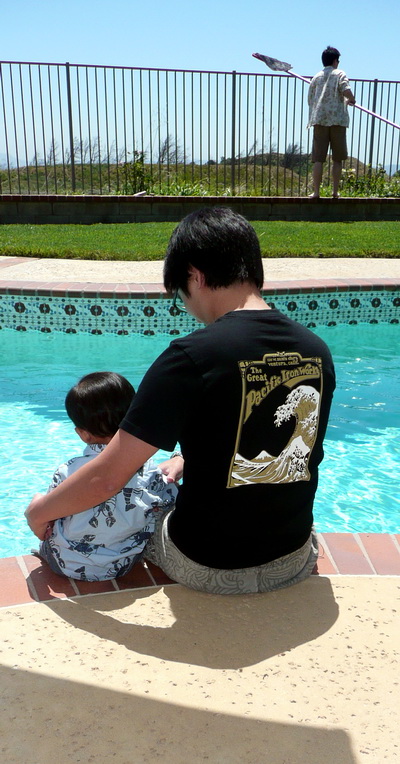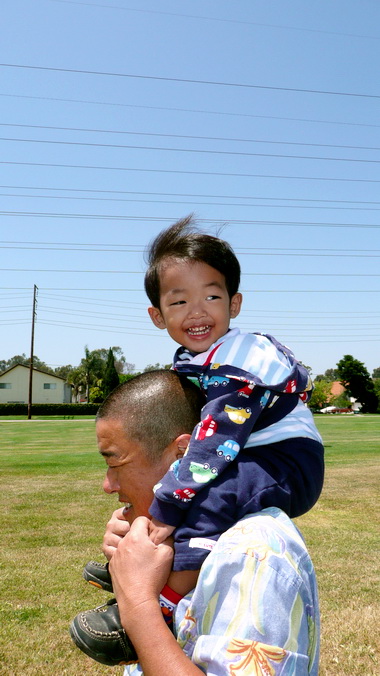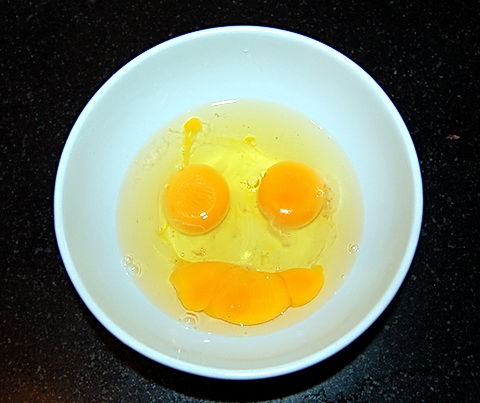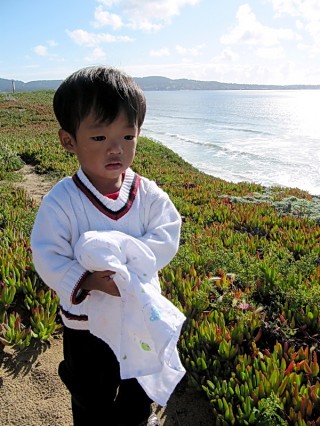Category: Photos
Max and Uncle Adam

They bear a striking resemblance to each other. And that’s cousin Ty doing the Sweeping Crane staff technique in the background.
Mina is cute, Daddy is tired
I’m finally getting around to seeing some of our photos from the states.

@Zoomars petting zoo in San Juan Capistrano, where Max rode a pony!
Max is staying home from school
…all this week so we can knock out this deep cough he’s had for a couple weeks, in addition to some eye infection we’re keeping check with eye drops… It seems that nursery school is just an incubator for germs, and the kids are walking petri dishes. I’m staying home with Max all day today and Nam’s at work, so I finally have a few minutes to start looking at photos from our trip back home. Here’s one of my favorite shots from the first few days:

Like most of the photos on our trip, I didn’t take it and don’t know who did, but good job whoever it was!
It’s too goddamn hot in Thailand
…for earmuffs.

Dave and Michiko Visited…
…Bearing many gifts, one of which is a Radio Flyer with more bells and whistles than you might believe:

- Padded neoprene cushion on wagon bed
- Front and rear seatback cushions
- Modular drink holders
- Front and rear saddlebags
- Huge wheels with inflatable tires
- Removable sun shade
- Genuine cork grip handle
- Foldable (underneath wagon) handle for easy storage
- Rack and pinion steering (to prevent tipping)
Max and Mina now cruise in more comfort than daddy in his Kujira Crown. Thanks for the gifts, guys!
Three Egg Smiley

He made such a nice omelet: Leftover roast pork and cheese, topped with eggplant & meat sauce.




